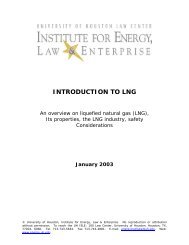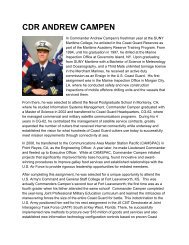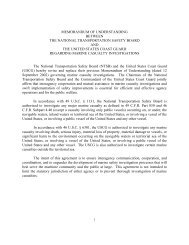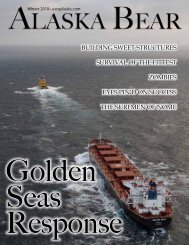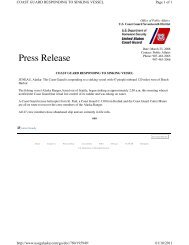marine board report - Off Soundings
marine board report - Off Soundings
marine board report - Off Soundings
Create successful ePaper yourself
Turn your PDF publications into a flip-book with our unique Google optimized e-Paper software.
space due to excess water. The Marine Board received testimony from several witnesses<br />
stating on several occasions the processing water was either left on, or the pumps in the<br />
processing space were plugged with debris, allowing the processing space to flood with<br />
processing water. This testimony raises the concern that the interlock system a<strong>board</strong> the<br />
ARCTIC ROSE was either non-existent or non-functional.<br />
b. Federal Communications Commission. There are few FCC regulations that apply to<br />
commercial fishing vessels. A majority of the regulations contained in 47 CFR 80.405<br />
require a radio operator to hold a license and the radio station to be licensed.<br />
Vessels must comply with the regulations found in 33 CFR Part 26, which require all self<br />
propelled vessels over 20 meters (65.6 feet) in length to have a radiotelephone capable of<br />
operation from the navigation bridge, and capable of transmitting and receiving on the<br />
frequencies within the 156-162 MHz band using the classes of emissions designated by the<br />
FCC for the exchange of navigational information. Furthermore, the regulations found in 46<br />
CFR Part 28.245 provide equipment and installation requirements.<br />
c. National Marine Fisheries Service. NMFS is charged with the preservation of the biomass.<br />
50 CFR 679.50 requires a NMFS observer a<strong>board</strong> fishing vessels to monitor and analyze<br />
biomass caught by fishing vessels. The regulations delineate when a fishing vessel must<br />
carry an observer. The observers sample and log all species caught. Fishing vessels required<br />
to have observer coverage under 50 CFR 679.50(f)(1)(ii)(B) must have either a valid CG or<br />
recognized third party issued CFVSE decal, or a COC issued by a certified third<br />
party/organization. If a NMFS observer <strong>board</strong>s a vessel and it does not have a valid decal<br />
on<strong>board</strong>, the observer must depart the vessel until it is in full compliance with the safety<br />
regulations and possesses a valid decal.<br />
d. Occupational Safety and Health Administration. The OSHA standards for work place safety<br />
that are applicable to uninspected commercial fishing vessels are found in Title 29 CFR Parts<br />
1910, 1915 and 1918. OSHA regulations apply to uninspected commercial fishing vessels<br />
when the vessel carries ten or more persons.<br />
e. Applicability to the ARCTIC ROSE. The following regulations found in 46 CFR Part 28<br />
applied: Subparts: A – General Provisions, B – Requirements for all vessels; and C –<br />
Requirements for documented vessels that operate beyond the boundary lines or with more<br />
than sixteen individuals on <strong>board</strong>, or for fish tender vessel engaged in the Aleutian Trade.<br />
The ARCTIC ROSE was required to meet the requirements found in 47 CFR Part 80.405 and<br />
33 CFR Part 26 for its communications equipment.<br />
The ARCTIC ROSE was required to carry a part time NMFS observer and was required to<br />
have a valid CFVSE decal or equivalent prior to an observer <strong>board</strong>ing the vessel by 50 CFR<br />
Part 679.50.<br />
The ARCTIC ROSE routinely carried a crew complement of more than ten persons;<br />
therefore, OSHA regulations found in 29 CFR Parts 1910, 1915 and 1918 applied, but only<br />
when the vessel was operating within the territorial seas.<br />
23




